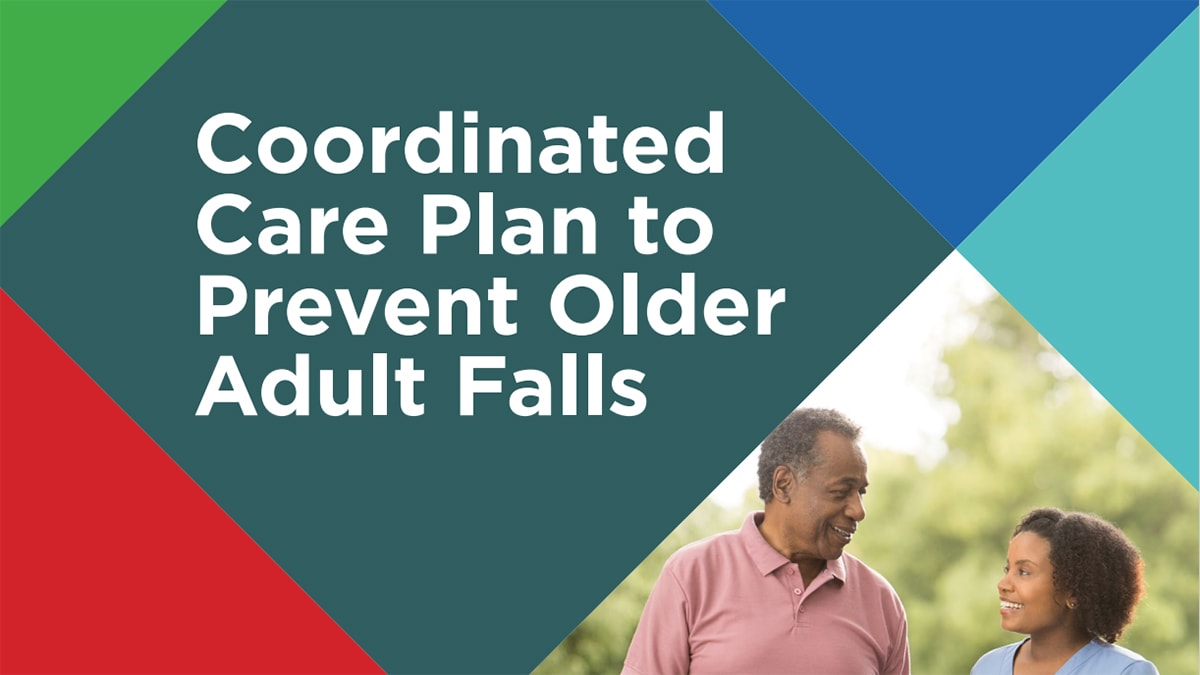At a glance
STEADI provides healthcare providers with a Coordinated Care Plan and an Evaluation Plan for implementing and evaluating clinical fall prevention programs in primary care settings.
STEADI in Primary Care
Healthcare providers can implement the three core elements of STEADI in a primary care setting. Screening, assessing, and intervening to reduce fall risk can have a substantial impact on reducing falls, improving health outcomes, and reducing healthcare expenditures. To help implement and evaluate the three core elements in an outpatient care workflow, STEADI offers two resources.
Coordinated Care Plan

The Coordinated Care Plan to Prevent Older Adult Falls [64 pages] offers healthcare providers, practices, and systems a framework for implementing a STEADI-based clinical fall prevention program to manage their older patients' fall risk. This plan offers practical suggestions on how to assess a clinic's readiness to address falls, identify a fall prevention champion, train staff, and work within the existing clinic workflow to incorporate the fall prevention program, thereby, reducing falls among community-dwelling older adults.
STEADI Tele-Med

The STEADI Tele-Med Adaptation of the Coordinated Care Plan [20 pages] provides a framework on how health care teams can adapt the STEADI Coordinated Care Plan to conduct falls screening and assessments in telemedicine environments. This adaptation also provides tips to bypass potential barriers and pitfalls.
Evaluation Plan

The CDC STEADI: Evaluation Guide for Older Adult Clinical Fall Prevention Programs [40 pages] describes key steps for measuring and reporting on the success of a STEADI-based clinical fall prevention program. Evaluating STEADI-based programs can help providers and organizations increase the quality of care provided to their older patients, streamline implementation, demonstrate program-related successes, identify areas for improvement, and prioritize future needs (e.g., budget).
Related Content
Use the STEADI Our Staff for Fall Prevention [PPT – 4 MB] slide deck to train healthcare providers and clinic staff on using the STEADI initiative to prevent falls.
Use the Building Clinical Strategies to STEADI Your Older Patients [PPT – 3 MB] slide deck to help inform healthcare administrators about the importance of a STEADI-based fall prevention program.
